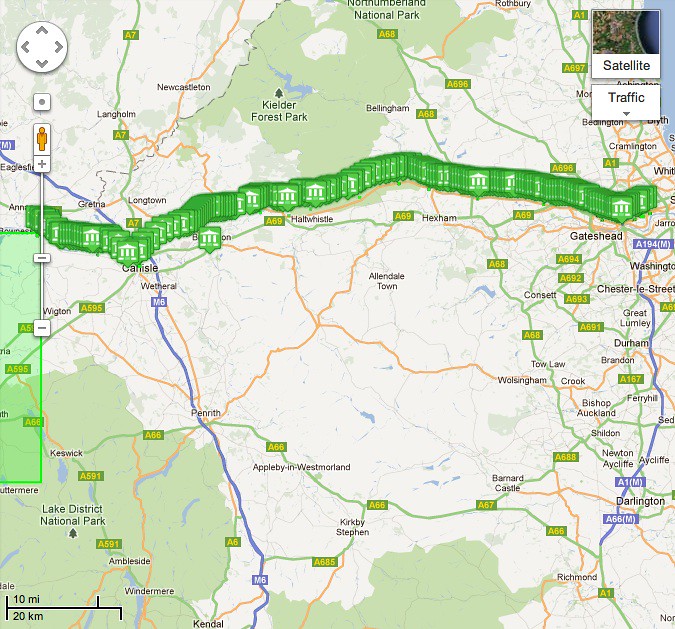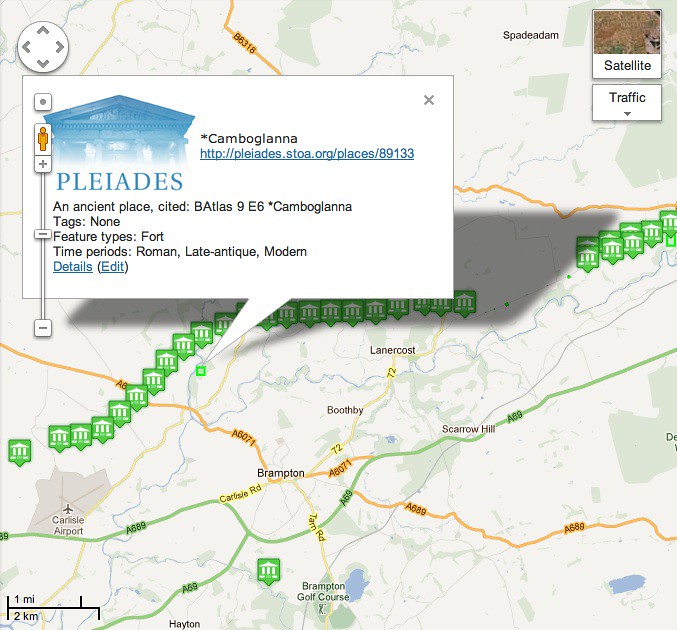PyCon conference day ~0
It's the last day of PyCon for me. This means I'll miss the 4 days of sprints, which I regret and intend never to miss again – this event is just getting started for many attendees – but I need to get back and resume sprinting on house remodeling and preparing to move.
I'm very happy that I decided to volunteer to be a session runner. I got to help David Beazley, the session chair, a programmer and teacher whom I've referenced many times on my blog. I've been using his software (including SWIG) for many years. It's neat to be able to tell someone, in person, that you admire and have profited from their work, right? I got to meet speakers: Jason Scheirer, Zain Memmon, Ricardo Kirkner. I got to meet Barry Warsaw, the GNU Mailman lead, in the Green Room. Mailman! And Alex Martelli. And Paul Smith. And conference staff, volunteers all, like Doug Napoleone and Anna Martelli Ravenscroft. Want to meet people serendipitously? Volunteer to chair or run a PyCon session.
I met a bunch of other great folks that I've only met online, you know who you are: thanks for tracking me down or allowing me to track you down.




Comments
Re: Permission or Forgiveness
Author: Martin Davis
Nice post, Sean.
Gotta love that postwar starry-eyed optimism about science - "if it has atoms it must be great!".
Also gotta love the title - "Automatic Programming". All we have do is to sit back and watch the teletype churn away! Ironic that Grace Hopper was apparently also the originator of the expression "bug".